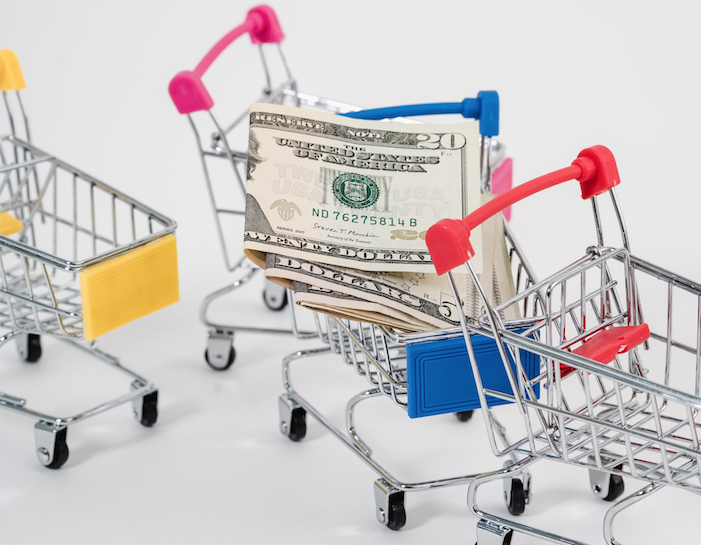Slowing the roll: how different consumer groups respond to inflation
August 4, 2022

Remember the quaint days of worrying about how the COVID-19 lockdown would impact consumer behavior? That’s so yesterday. Just when it seemed like consumer behavior was starting to normalize, along came the highest inflation in a generation.
According to the US Bureau of Labor Statistics, the consumer price indexes of all items has risen at an annual average rate of 8.6%. Energy has risen 34.6%, shelter has risen 5.5%, and food has risen 10.1% –all as of May 2022. Jamie Dimon, the CEO of JP Morgan Chase, warned consumers at the start of June to “brace yourself” for a financial hurricane.
With this recent increase in inflation, marketers need to be prepared for consumers to tighten their budgets and adapt more conservative spending patterns. Just ask Target. The retail giant’s quarterly profits plunged 90% after being forced to sell off unwanted inventory.
So, how can we best understand the shifting nature of consumer spending? The Harvard Business Review has provided one interesting approach. According to the HBR, consumers tend to fall into one of four segments as they change their spending patterns in response rising inflation. Let’s explore each of those segments to see how marketers can best reach them and continue to fulfill their needs.
Segment #1: Slam-On-The-Brakes Consumers
This group will take the most drastic swing towards more reduced spending, making deep cuts to what they’d normally buy. This behavior is most common among lower income consumers, though higher earners are not immune to this behavioral shift. This is especially true when a disruptive life event occurs that compounds the effects of inflation, such as a health scare or reduction of household income.
No surprise that this group is going to be on the lookout for major deals on most any purchase, seeking maximum value for even the most mundane, everyday items. This is also the segment that might put off certain purchases indefinitely. And as we learned in the COVID-19 slowdown, this behavior often comes at the expense of brand loyalty.
Segment #2: Pained-But-Patient Consumers
A majority of consumers fall under this category, representing a wide range of income levels. They have an optimistic attitude about their long-term economic situation, however they are much less confident about any short-term economic recovery. While they are likely to somewhat tighten their budgets, they are less likely to cut out regular purchases all together. Instead, they’ll resign themselves to feeling the financial pinch, at least for now. Major purchases, however, are more likely to be deferred if possible, and should any economic downturn continue to worsen, many will join the first segment in simply hitting the brakes or buying more value brands.
Since this audience still intends to buy as normal for as long as possible, they are more likely than others to see certain purchases as a reward for weathering tough times. Brands that offer such an emotional pull will hold strong appeal.
Segment #3: Comfortably-Well-Off Consumers
These consumers feel quite secure about their economic situations and will reduce spending minimally, if at all. They intend to consume at levels close to how much they did pre-inflation, though they may be a little more selective in their purchases. This is largely an upper-income group, representing the top 5% of the income bracket. So while there may be fewer of them, they can be counted on to have the spending power to weather any financial storms.
As usual, this audience will be driven less by price, and more by the perceived value of what they get for that price.
Segment #4: Live-For-Today Consumers
Inflation? What inflation? This audience will carry on with life as usual for as long as possible, without much concern for future savings. If they were to do anything in reaction to inflation, it would be to extend some of their timetables for major purchases. This category is commonly comprised of young, urban consumers with full-time jobs and plenty of disposable income to burn. And burn it they will, unless some sort of life-changing event happens, such as the loss of a job or the arrival of a first child. Then watch how fast they hit the brakes.
Considering that this tends to be an audience that lives more on credit than cash-on-hand, they’ll likely seek out options for making some purchases in monthly installments. They are the subscription generation, and, lifestyle is still what drives their purchase behavior, whether inflation is looming or not.





